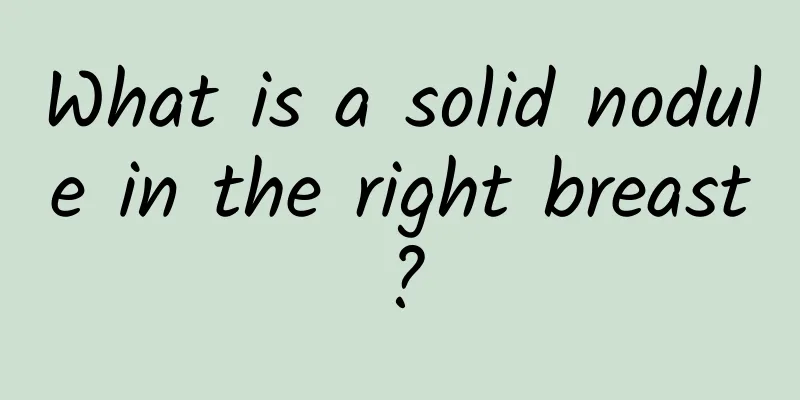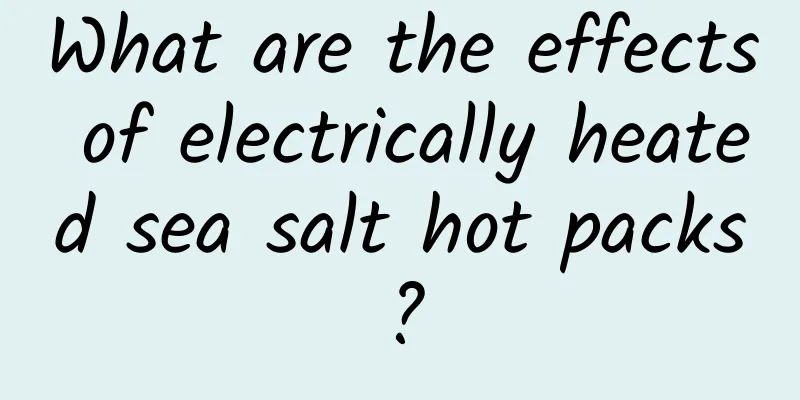Treatment of cervical spinal stenosis, scientific treatment and good recovery

|
Cervical spinal stenosis can cause symptoms of neuralgia, low back pain, hand numbness, neck and shoulder pain, and muscle atrophy. Generally, symptoms of the upper limbs occur first. Mild cervical spinal stenosis can be treated with physical therapy, more massage, and traction. Severe cases require timely surgical treatment. 1. For atypical cases, non-surgical treatments should be used first , such as bed rest, traction, massage, physical therapy and drug treatment. At the same time, you should avoid catching cold and overwork to promote recovery from symptoms of nerve irritation. In typical cases that fail to respond to nonsurgical treatment, surgical treatment should be considered. 2. The surgery mainly focuses on complete laminectomy and thorough decompression. The so-called complete decompression means that when the vertebral lamina is removed, it must not only be high and wide enough, but also the hyperplastic bone in the posterior part of the vertebral body (anterior part of the spinal canal) and the lateral recess must be removed so as to completely relieve all compression on the cauda equina and nerve roots. 3. For mild cases, physical therapy, immobilization and symptomatic treatment can be used . Most patients can achieve symptom relief with non-surgical treatment. For patients with rapidly progressing spinal cord damage and more severe symptoms, surgical treatment should be performed as soon as possible. Surgical methods can be divided into: anterior approach, anterolateral approach, and posterior approach according to the different approaches. The choice of surgical approach should be based on clinical experience and make full use of modern imaging technologies such as CT and MRI. Before surgery, the areas of spinal stenosis and cervical spinal cord compression should be identified, and decompression should be performed where there is compression. The principle is to perform targeted decompression of the compressed segments. For patients with compression objects in the front and back of the spinal canal, anterior approach surgery should generally be performed first, which can effectively remove the direct or major compression objects in front of the spinal cord, and perform bone grafting and fusion to stabilize the cervical spine to achieve the treatment effect. If the treatment is ineffective or the symptoms do not improve significantly, posterior decompression surgery can be performed again after 3 to 6 months. Anterior and posterior approaches each have their own indications. The two cannot replace each other and should be chosen rationally. |
<<: Acupuncture treatment of lumbar disc herniation, the effect is visible
>>: Characteristics and common symptoms of cervical spondylosis
Recommend
Why do I fart a lot during pregnancy?
After a pregnant mother becomes pregnant, her bod...
How to treat acute pharyngitis
Acute pharyngitis is a very common disease among ...
Can you smoke when you have a cold? The harm is so serious
People who love smoking do so every day and will ...
Can glucose cure jaundice?
Jaundice is a common phenomenon in newborns. It i...
Causes of intrahepatic bile duct stones or calcifications
Intrahepatic bile duct stones are a relatively co...
What to do if your baby gets prickly heat
How to treat prickly heat on babies? For young pa...
What are the treatments for eczema?
Eczema is a common skin disease, which is mainly ...
What to eat for kidney deficiency and hair loss? Four foods are effective
As we all know, people with kidney deficiency wil...
What is the reason for frequent yellow urine?
Normal mucus should be light yellow, but some spec...
Women in their twenties are afraid of cold, don't tell me there's something wrong with your body
If a woman's liver is damaged, not only will ...
Treatment of autonomic nervous system disorders
The best way to deal with disease is treatment. I...
What to do if you have stomachache and fever
Everyone has experienced stomach pain. The most p...
What to do if the baby does not cooperate with the four-dimensional
Many pregnant mothers actually need to undergo pr...
What to do if you have sex with fibroids
Fibroids require different precautions depending ...
What is the matter with asshole hair?
It is normal to have some body hair around the an...









